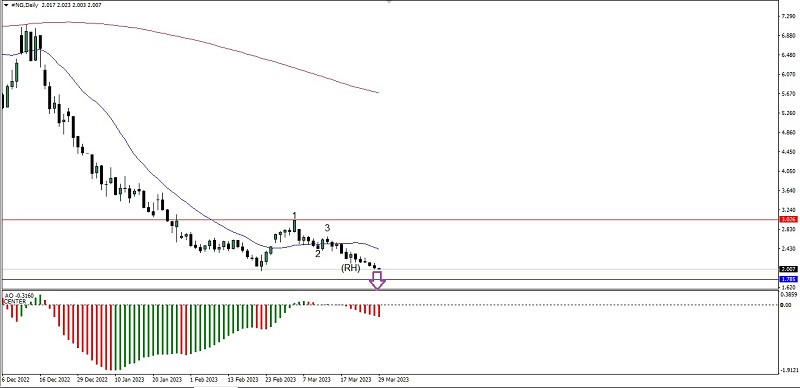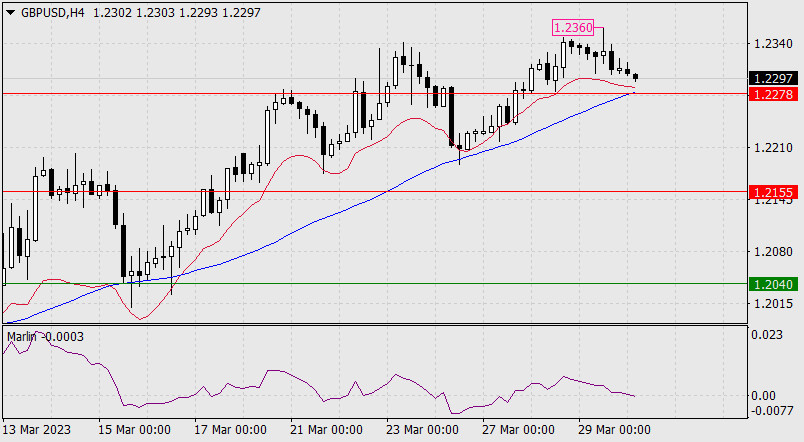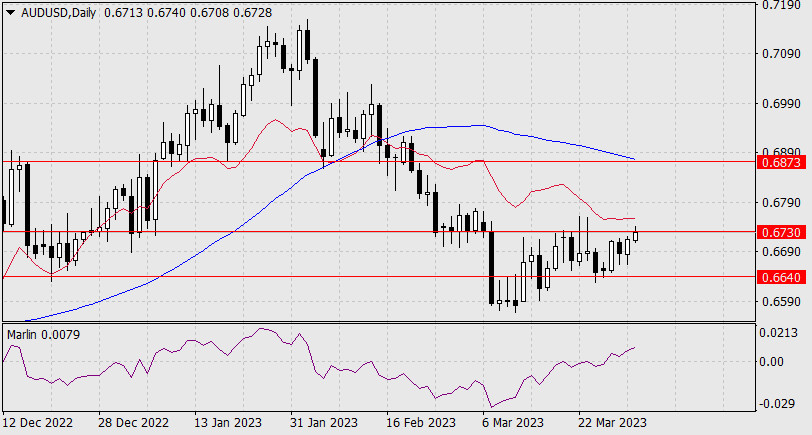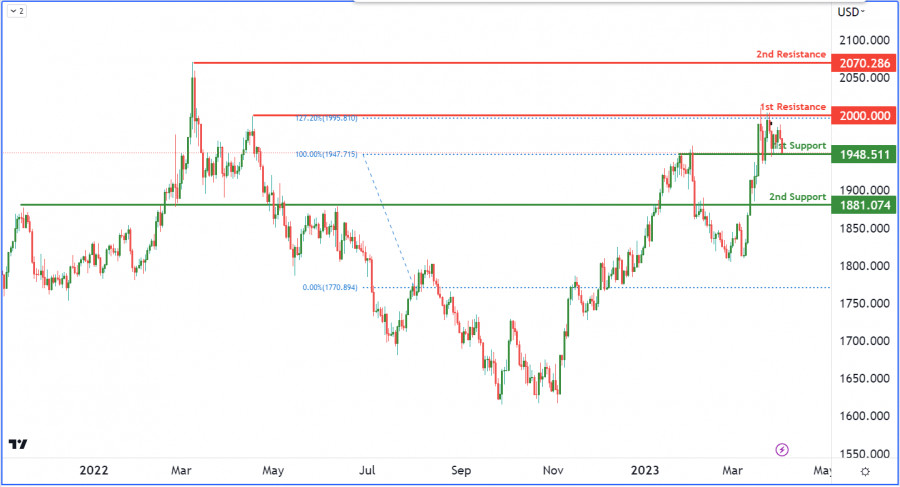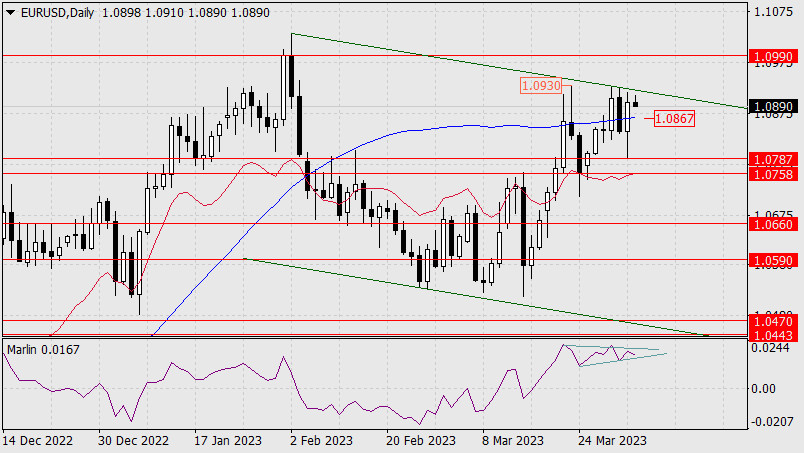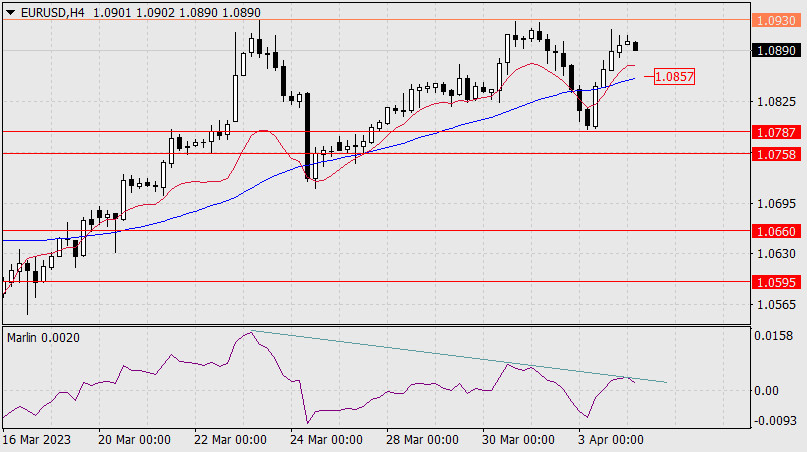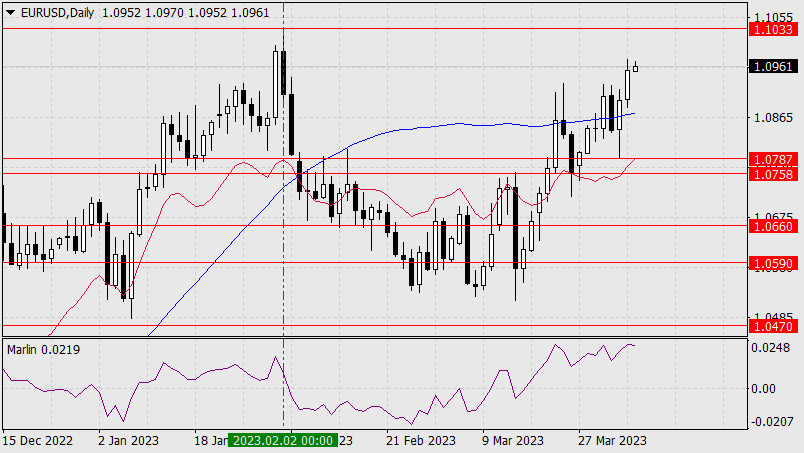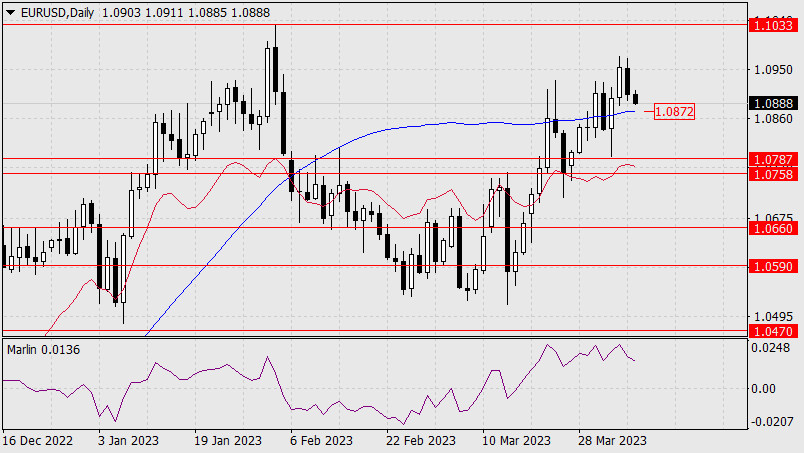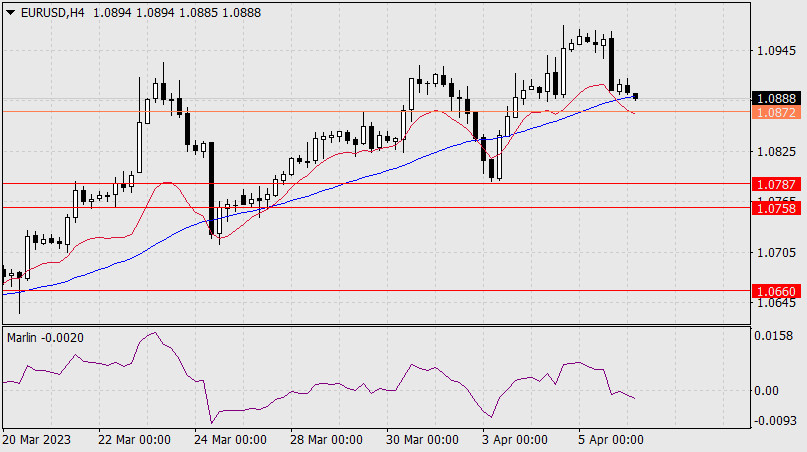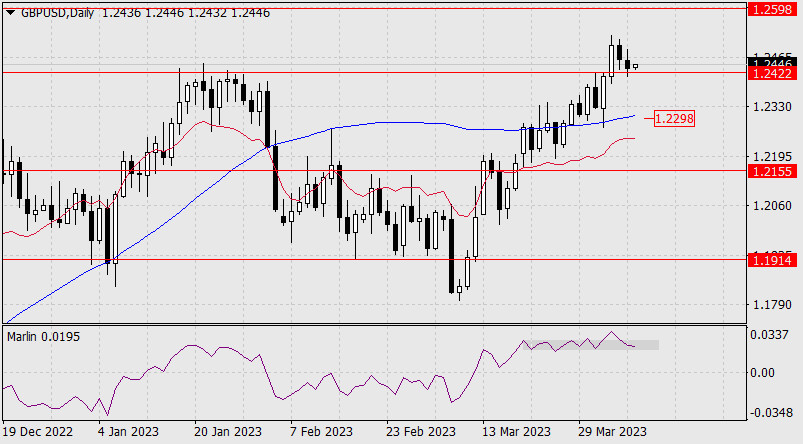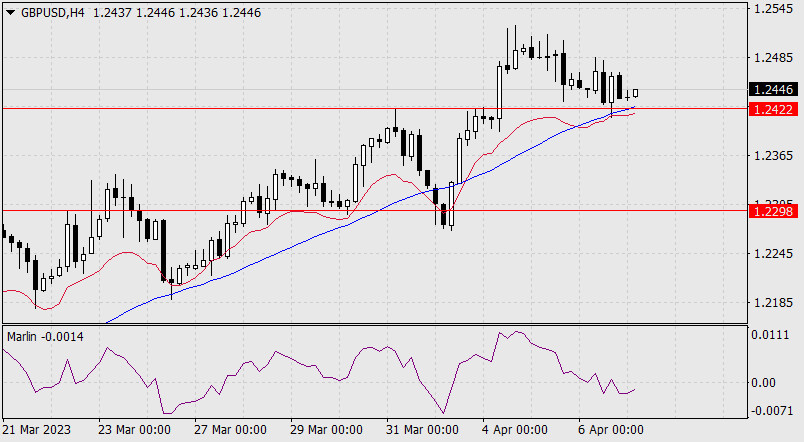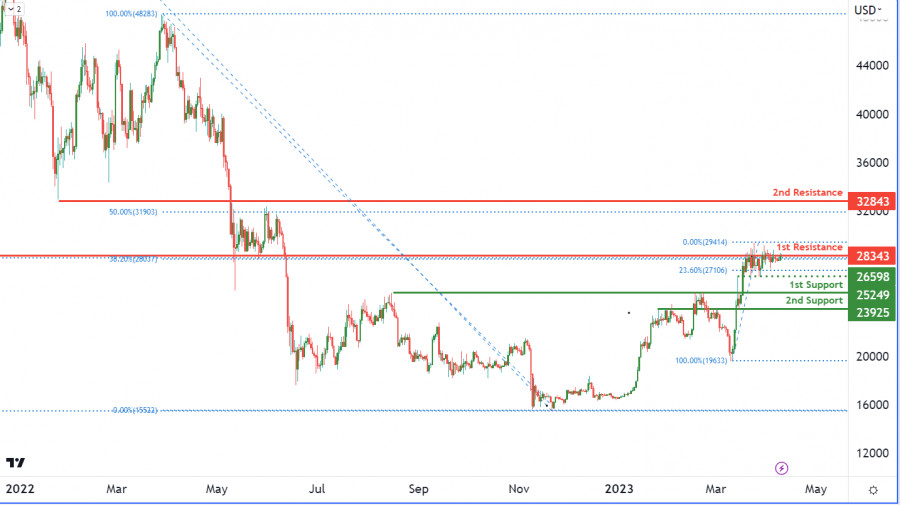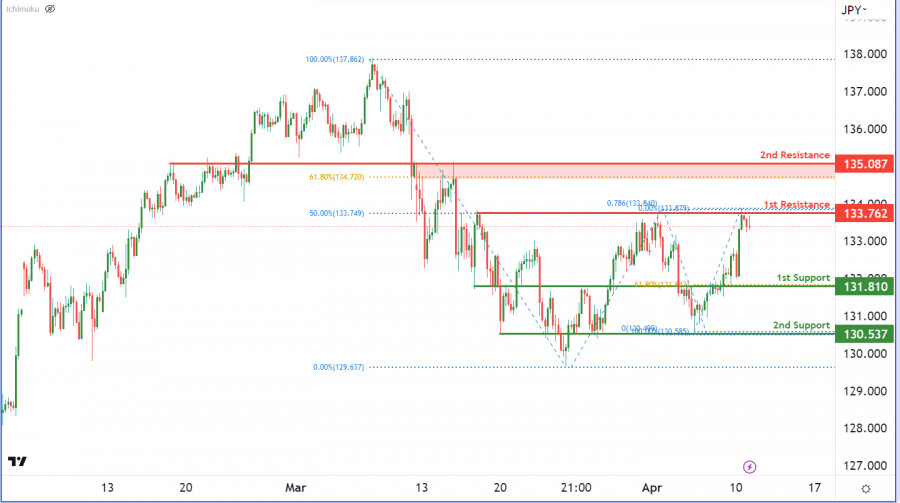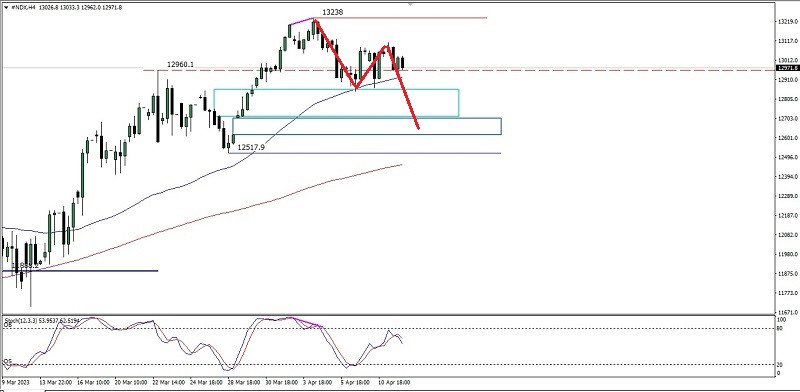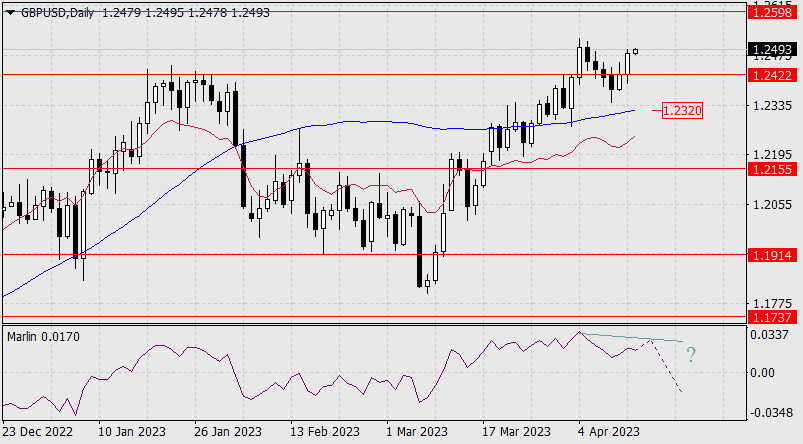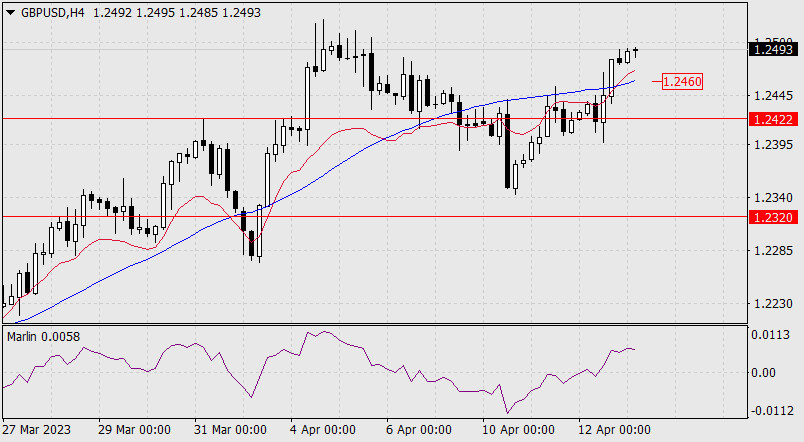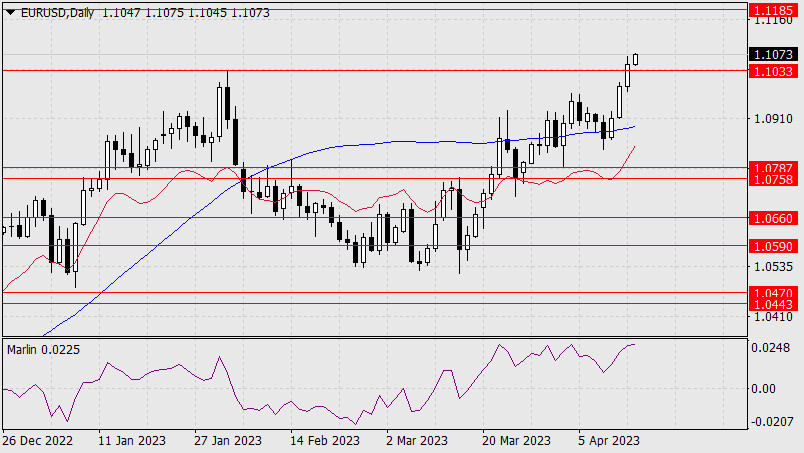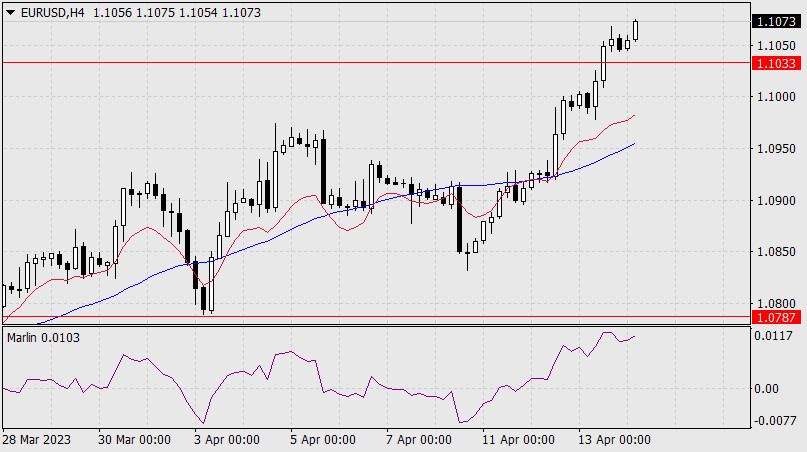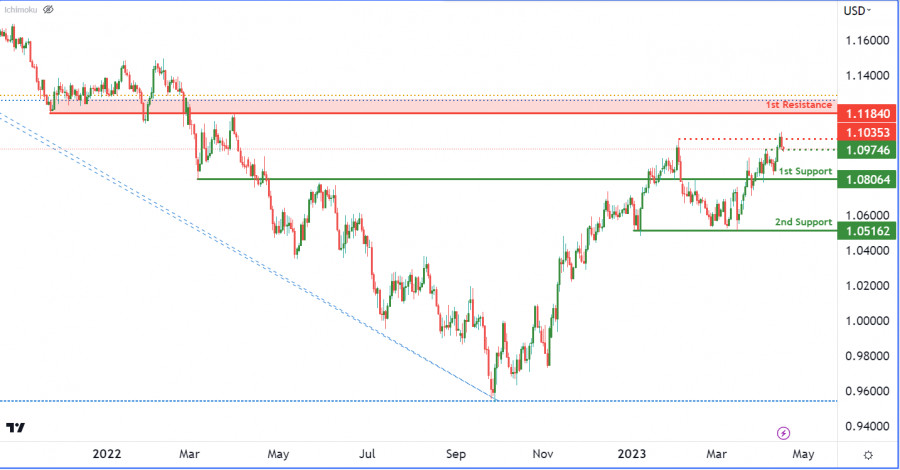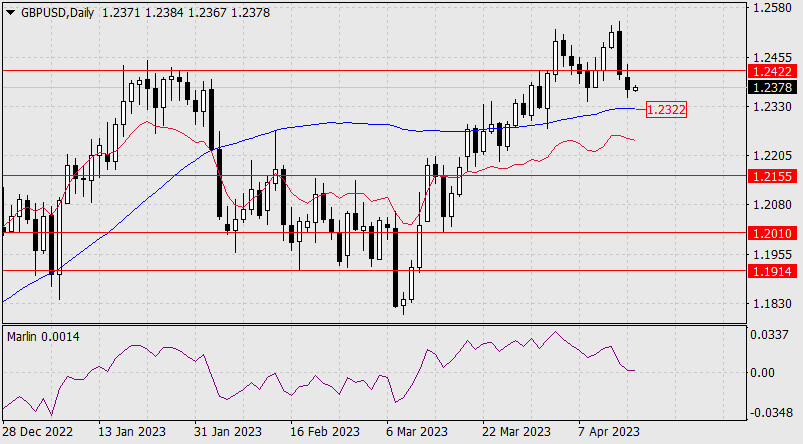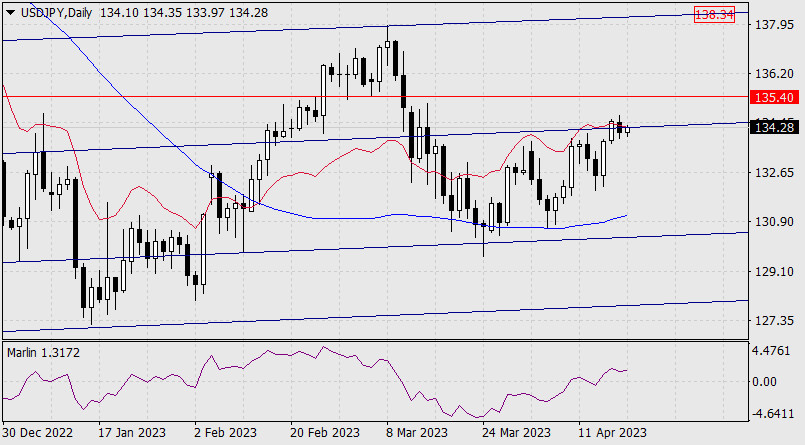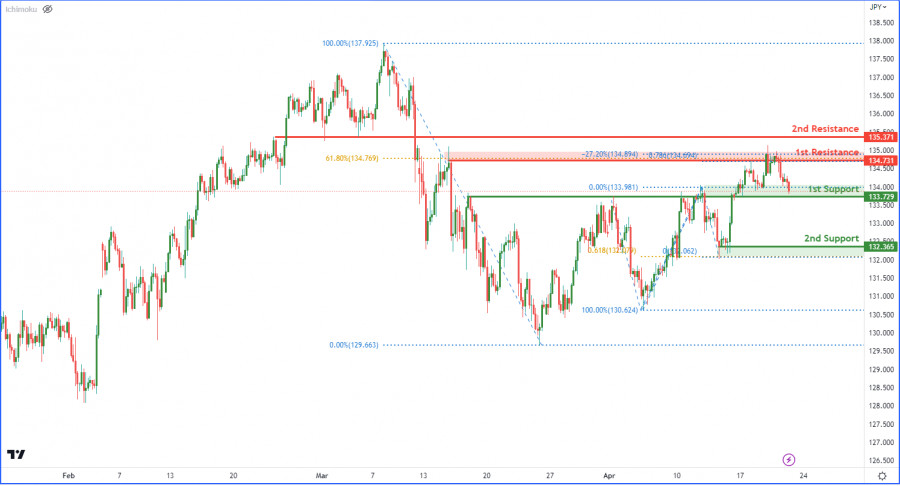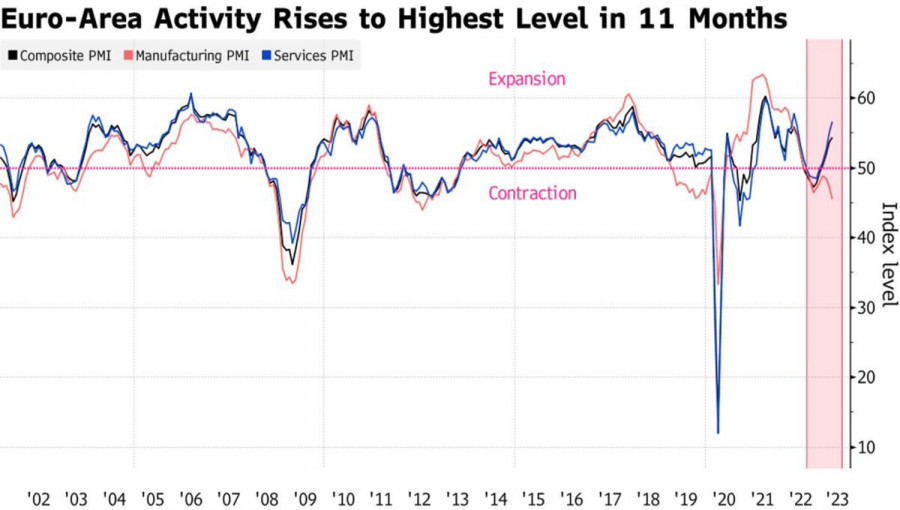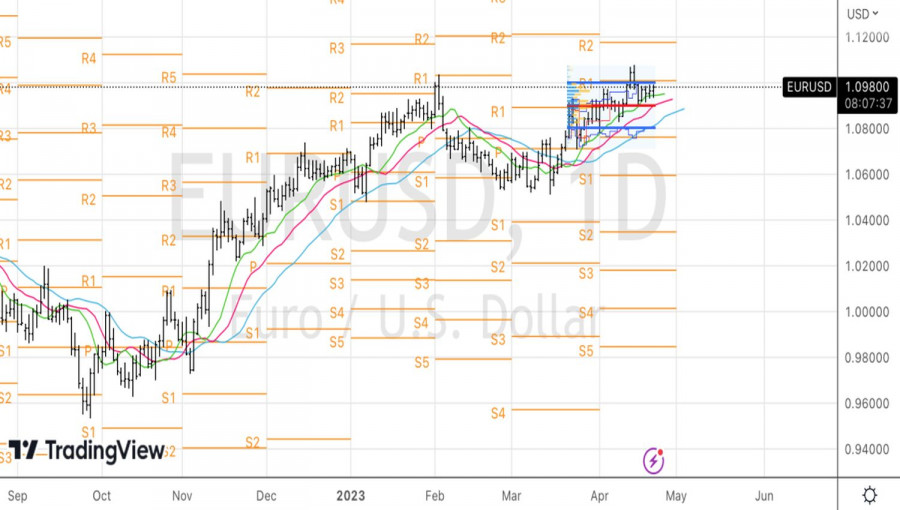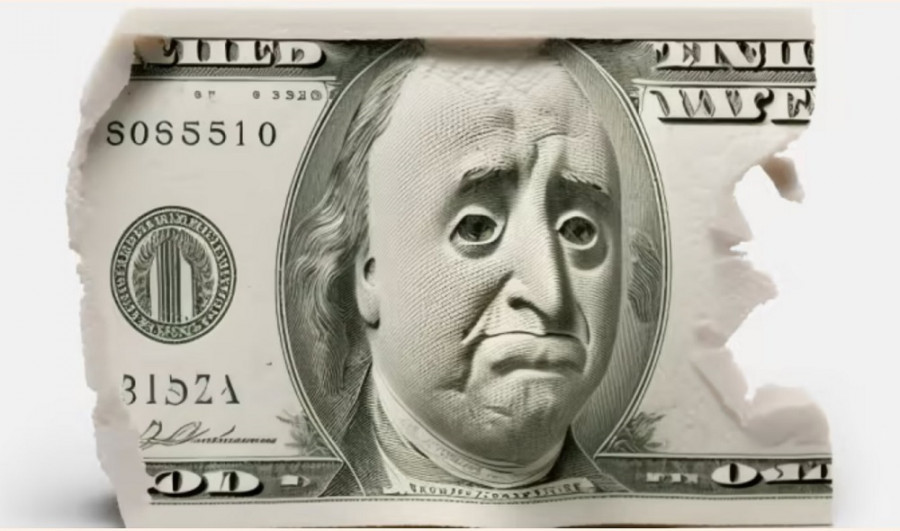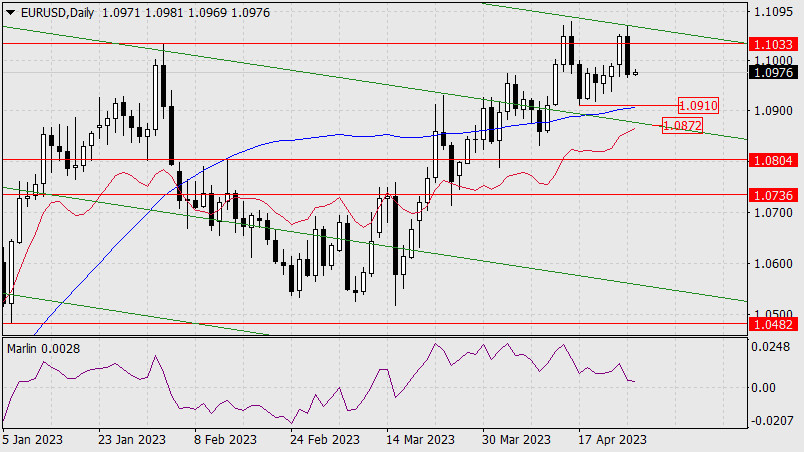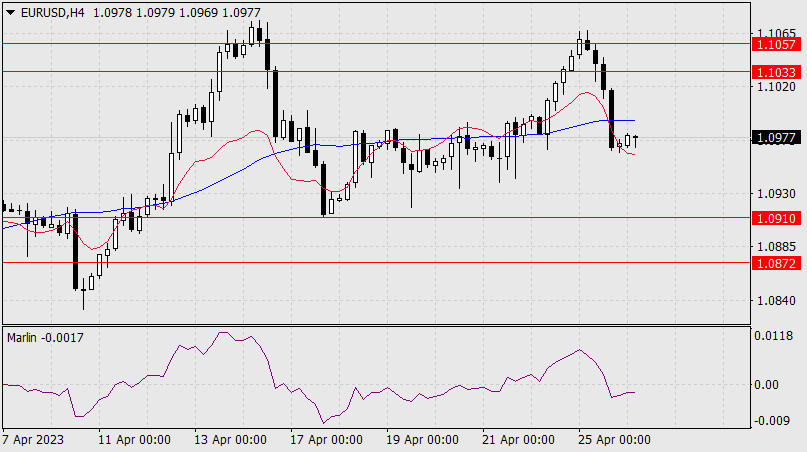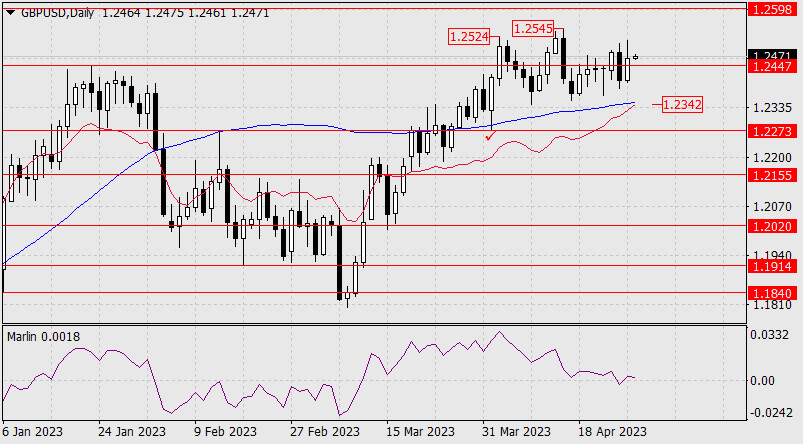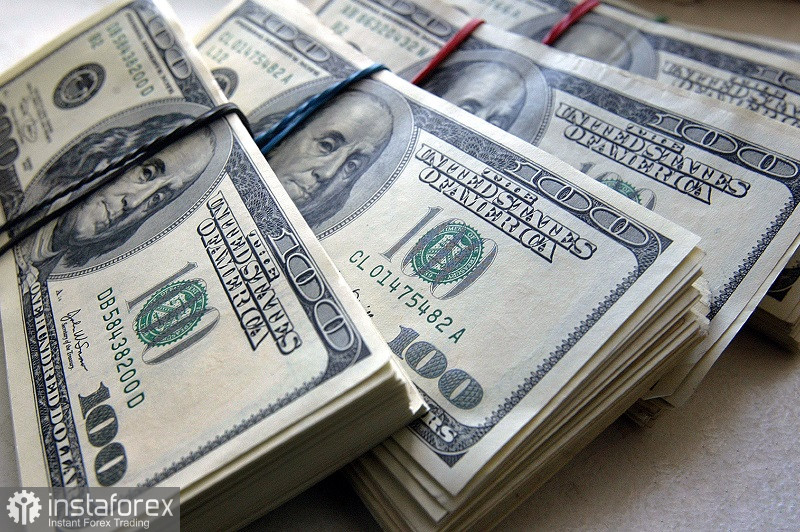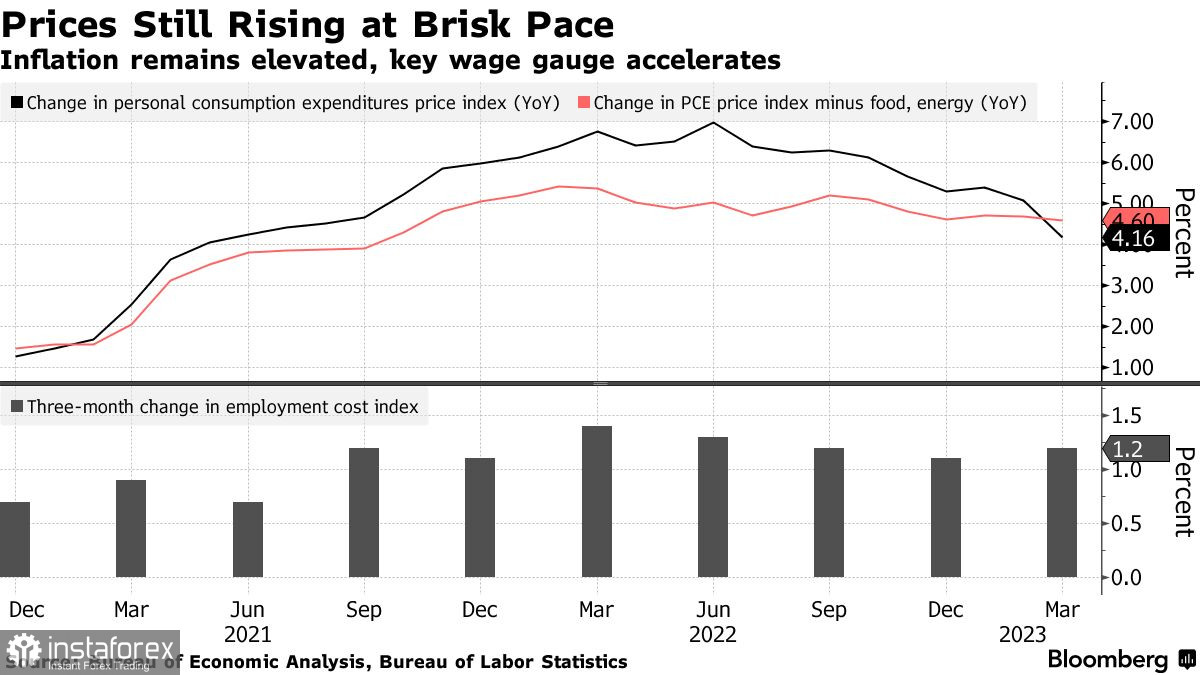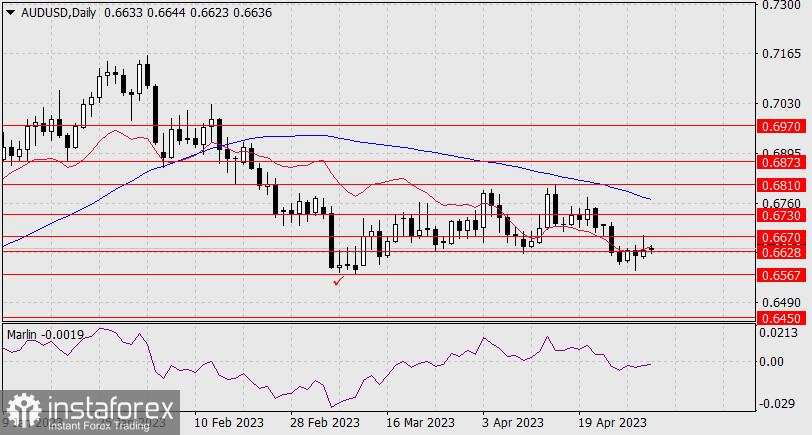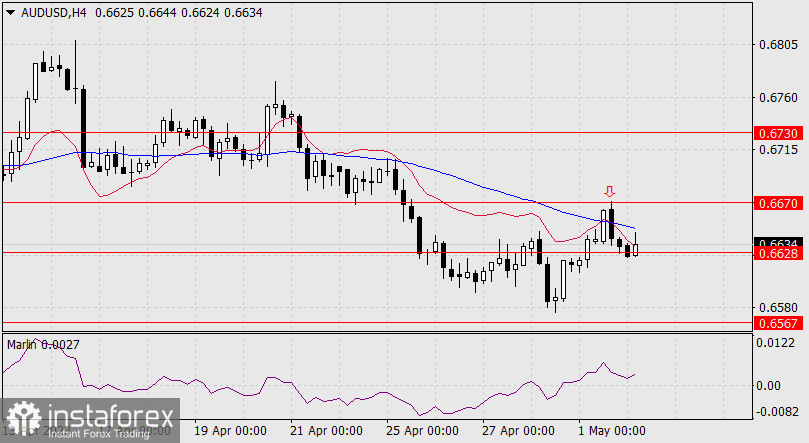EUR/USD. Trapped in a wide-ranging flat: traders are stuck within the range of the 9th figure
The euro-dollar pair is trading in a broad price range, but at the same time, it is effectively stagnating, reflecting the indecisiveness of both buyers and sellers. Despite the fairly strong volatility, traders are unable to leave the area of the 9-figure range to develop either an upward or downward movement. This price dynamic is due to the contradictory fundamental background that has emerged for the EUR/USD pair.
Initiative changes hands
Overall, the pair this week mirrors the trajectory of the US dollar index: on Monday, the greenback strengthened its positions across the market, causing the EUR/USD price to "visit" the 8-figure area. On Tuesday, the dollar was under pressure, which the pair's buyers took advantage of. Dollar bulls are again dictating their rules of the game, pulling the pair towards the base of the 9th price level. These "roller coaster" fluctuations are primarily related to the strengthening/weakening of risk-off sentiments in the markets. In addition, traders are quite sensitive to the strengthening/weakening of hawkish expectations regarding the further actions of the Fed/ECB. All other fundamental factors play a more supporting role.
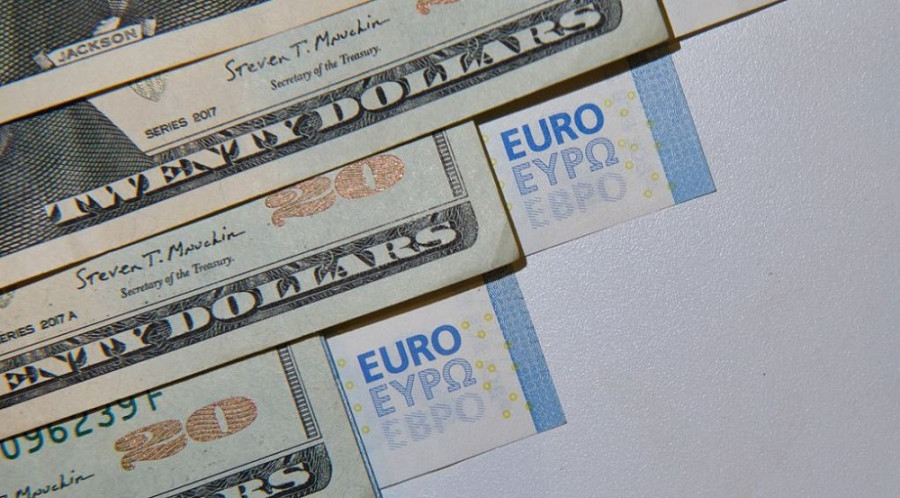
I would like to remind you that initially, the greenback's position was strengthened by Fed representative Christopher Waller, who during his Friday speech, allowed for several interest rate hikes this year. Considering the fact that the market had "come to terms" with one final increase in May, this remark triggered strong volatility among dollar pairs. The hawkish signal came against the backdrop of a decline in overall inflation in the US, a slowdown in the producer price index and the core PCE index. The only concern is the core consumer price index, which accelerated to 5.6% in March (previously, the indicator had been declining consecutively for three months).
The Fed's median forecast, updated at the March meeting, assumes one more rate hike by the end of this year. The probability of a 25 basis point increase following the May meeting is now at 89%. However, the market is doubtful that the Federal Reserve will take further steps in this direction. Most Fed representatives are in favor of tightening monetary policy but only in the context of the May increase. Further decisions will depend on incoming data, primarily in the area of inflation.
For example, Federal Reserve Bank President Raphael Bostic recently stated that his baseline forecast assumes that rates will remain unchanged after the next (May) increase. The head of the St. Louis Fed, who is a consistent "hawk," allowed for a rate increase to 5.75%. However, he called for avoiding broad forward guidance at the May meeting. Federal Reserve Bank of San Francisco President Mary Daly voiced a rather vague formulation, the essence of which is that subsequent decisions will depend on the dynamics of inflation. According to her, the tightening of monetary policy is now at the stage where "the central bank does not expect further rate hikes at every meeting." Richmond Fed President Thomas Barkin expressed confidence that inflation had already peaked, but he wants to see more evidence that it is returning to the target level. Several other Fed representatives also spoke in the same vein. Notably, New York Fed President John Williams even allowed for a rate cut at the end of the year, "if inflation slows down sufficiently."
As we can see, at the moment, we can only speak with some certainty about the May rate hike (as eloquently evidenced by the CME FedWatch Tool). The further prospects for tightening monetary policy look uncertain, considering the side effects of measures already taken and the decline in key inflation indicators.
Taking into account such uncertainty, EUR/USD traders should be very cautious about hawkish statements from Federal Reserve representatives, as the influence of their messages is short-term in nature. Moreover, the European Central Bank also demonstrates a hawkish stance, discussing whether to raise rates in May by 25 or 50 basis points.
Don't trust price fluctuations
It's worth noting that the US dollar index reacts not only to the statements of Fed members. The agenda is also determined by the overall market sentiment, which reflects the degree of interest in risk assets or defensive instruments. These are quite shaky, unreliable, and highly variable fundamental arguments.
For example, yesterday the dollar was under pressure due to the release of strong GDP growth data from China. Macroeconomic reports, which were almost all in the "green," confirmed the recovery of the Chinese economy after the lifting of quarantine restrictions and the abandonment of the zero-tolerance policy towards COVID-19. This fact returned optimism to the market and contributed to the overall improvement of market sentiment. The safe-haven greenback was, as they say, "out of the picture" – the dollar index lost its gained positions.
But now the US currency has regained strength, as traders' risk appetite began to weaken amid caution due to the quarterly earnings season in the US economy. In addition, the dollar is strengthening against the backdrop of rising Treasury yields (in particular, the yield on 10-year bonds was around 3.63% - the highest level since March 22).
As a rule, such fundamental factors "flare up brightly but quickly fade." During one trading day, interest in risk can increase or decrease, providing support or pressure on the EUR/USD pair. Conclusions
The euro-dollar pair demonstrates increased volatility, but traders cannot determine the direction of the price movement. Therefore, any trading decisions (both towards the south and the north) are inherently risky, as the pair traces a wave-like trajectory.
In my opinion, the pair has not exhausted its growth potential, so long positions remain a priority: the dollar temporarily strengthens its positions on shaky foundations and cannot break the northern trend. However, considering long positions is advisable only after EUR/USD buyers consolidate above the 1.1000 mark (Kijun-sen line on the four-hour chart). The next (main) target of the northern movement in this case will be the 1.1100 mark – this is the upper line of the Bollinger Bands indicator on the daily chart.
Analysis are provided by InstaForex.
Read More
